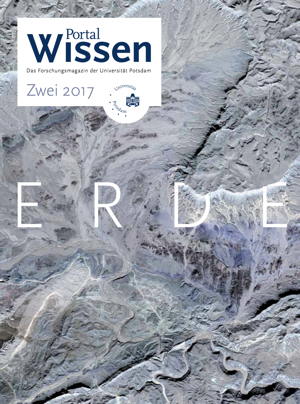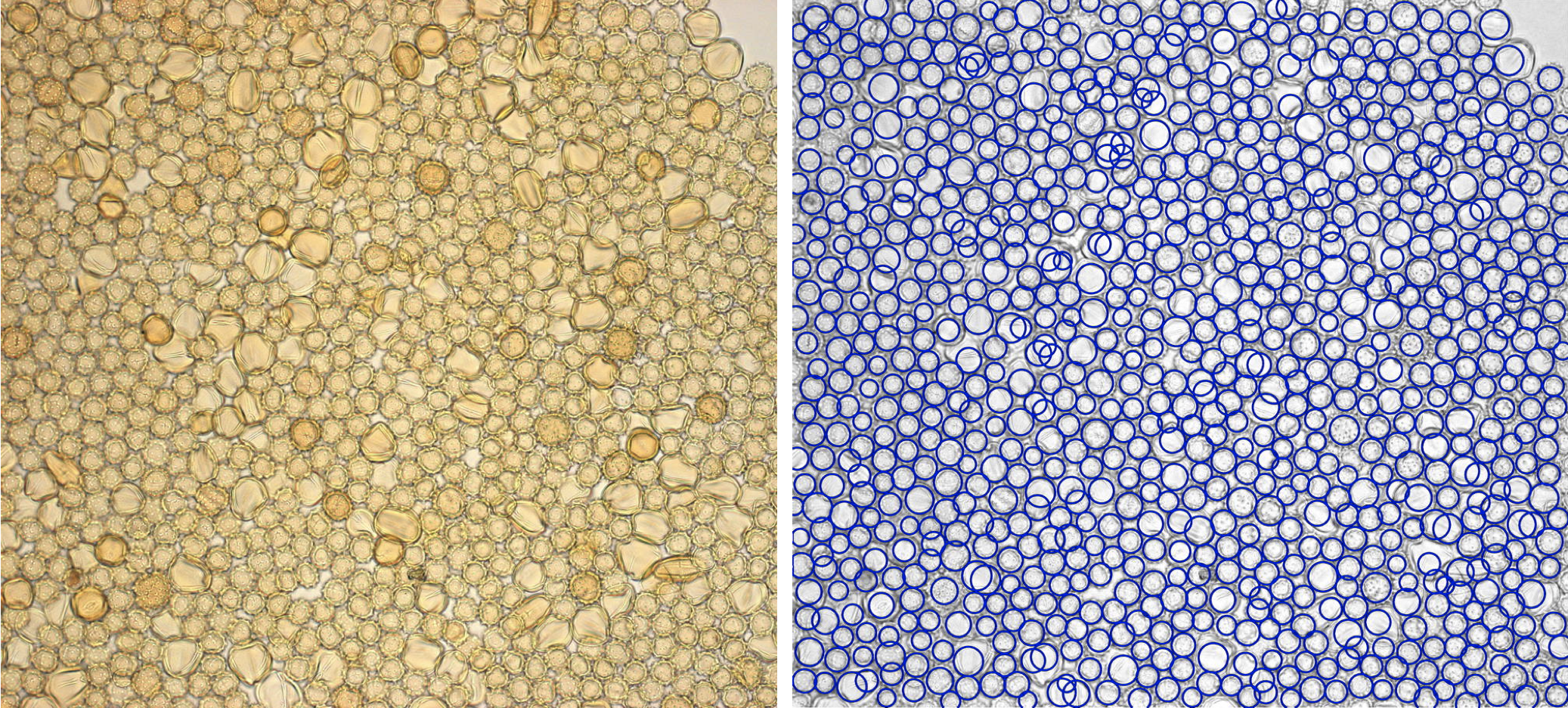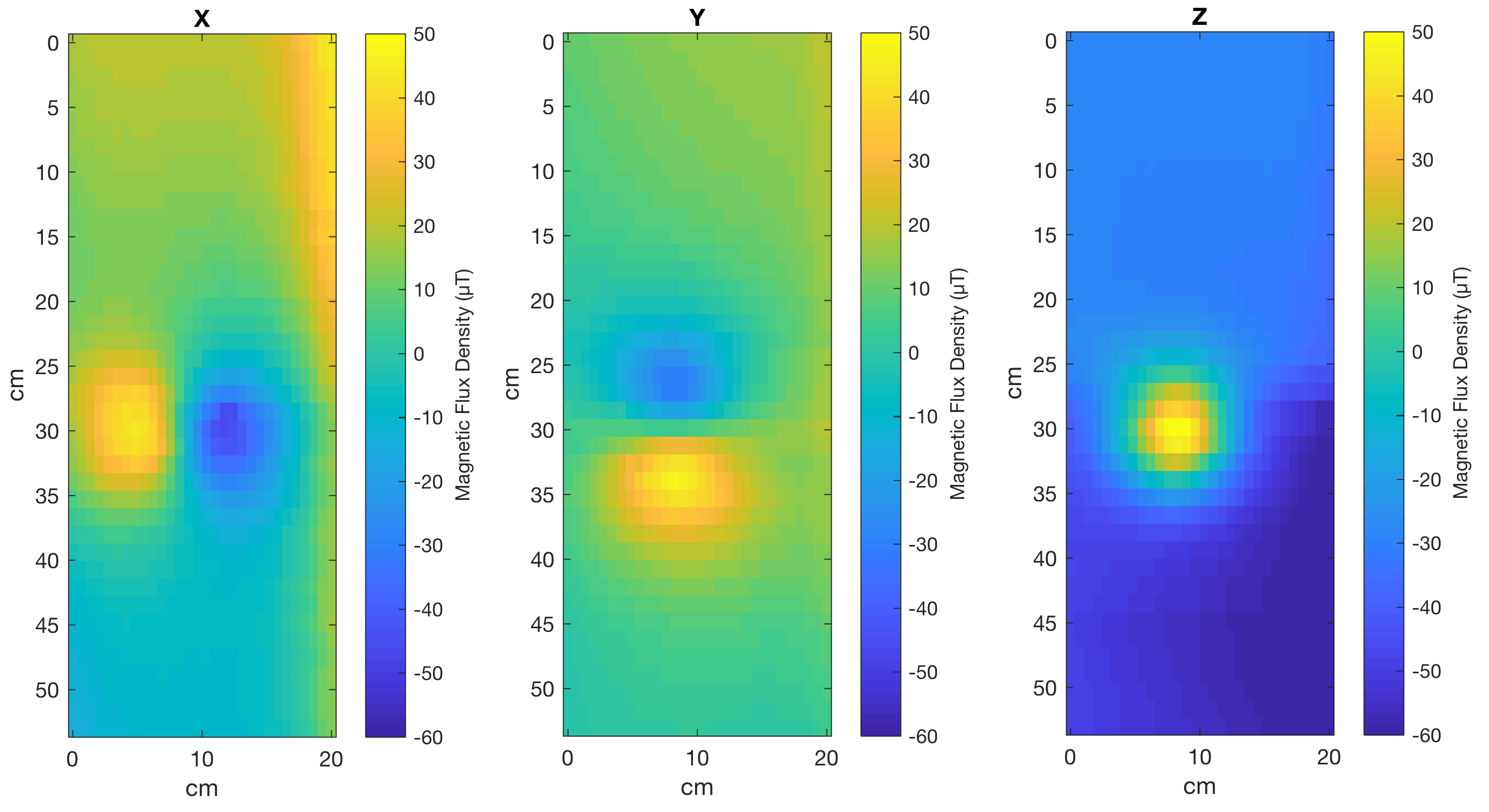The summer school entitled “Earth Surface Dynamics – Understanding Processes at the Earth’s Vulnerable Skin” is the fourth summer school I am organizing together with the VolkswagenFoundation. The summer schools in the field of geo-biosciences in East Africa include the disciplines of paleoclimatology, paleontology, paleoanthropology, evolutionary biology, structural geology, and geophysics. I teach these summer schools together with colleagues from Addis Ababa University and the University of Nairobi, as well with many colleagues from other universities. Continue reading “Summer School 2018 on Earth Surface Dynamics, Part 2”
Summer School 2018 on Earth Surface Dynamics, Part 1
The VolkswagenFoundation funds a series of two summer schools entitled “Earth Surface Dynamics – Understanding Processes at the Earth’s Vulnerable Skin” led by apl. Prof. Dr. Martin H. Trauth, together with nine instructors from Germany, United Kingdom, and Ethiopia. The application is now open, the deadline is 1 October 2017. Download the summer school 2018 flyer.
Continue reading “Summer School 2018 on Earth Surface Dynamics, Part 1”
New Article about the Chew Bahir Drilling Project in University Magazin Portal Wissen

In the latest issue of the U Potsdam’s magazine Portal Wissen includes two articles about the Chew Bahir Drilling Project. The first of these articles is about my involvement in the project, the possible link between climate and evolution, the drilling operations in the Chew Bahir and subsequent laboratory work and time series analyses. The second article is about ancient DNA analyses of the Chew Bahir drill cores performed by my collaborators Michael Hofreiter and Ralph Tiedemann.
Workshop on Teaching Computation using MATLAB at Carleton College

Carleton College, Northfield, MN, together with MathWorks again invites science faculty and educators to a Developing Competency in Teaching Computation using MATLAB workshop at 15–17 October 2017. Two earlier workshops and associated webpages were discussed in an earlier post to this blog. Continue reading “Workshop on Teaching Computation using MATLAB at Carleton College”
Teaching Computational Geosciences with MATLAB, Part 10: Image Analysis
 In a series of blog posts, I will tell you a little about how I teach computational geosciences with MATLAB. In the morning of the last day I teach image processing and analysis. Continue reading “Teaching Computational Geosciences with MATLAB, Part 10: Image Analysis”
In a series of blog posts, I will tell you a little about how I teach computational geosciences with MATLAB. In the morning of the last day I teach image processing and analysis. Continue reading “Teaching Computational Geosciences with MATLAB, Part 10: Image Analysis”
GMT/MATLAB Toolbox
The new GMT/MATLAB Toolbox by Paul Wessel and Joaquim F. Luis is a great interface between both very popular tools. Continue reading “GMT/MATLAB Toolbox”
The Apple iPhone/MATLAB Mobile/LEGO MINDSTORMS Scanner, Part 2
This exercise is intended to help students to understand how to scan the magnetic anomaly of three disk-shaped Y10 magnets underneath a table. The experiment simulates a magnetic survey for subsurface structures. Continue reading “The Apple iPhone/MATLAB Mobile/LEGO MINDSTORMS Scanner, Part 2”
MATLAB/LEGO MINDSTORMS Exercise #9 2D Scanning of a Magnetic Anomaly
This exercise is intended to help students to understand how to scan the magnetic anomaly from three magnetic disks using a MATLAB/LEGO MINDSTORMS 2D scanner. Continue reading “MATLAB/LEGO MINDSTORMS Exercise #9 2D Scanning of a Magnetic Anomaly”




